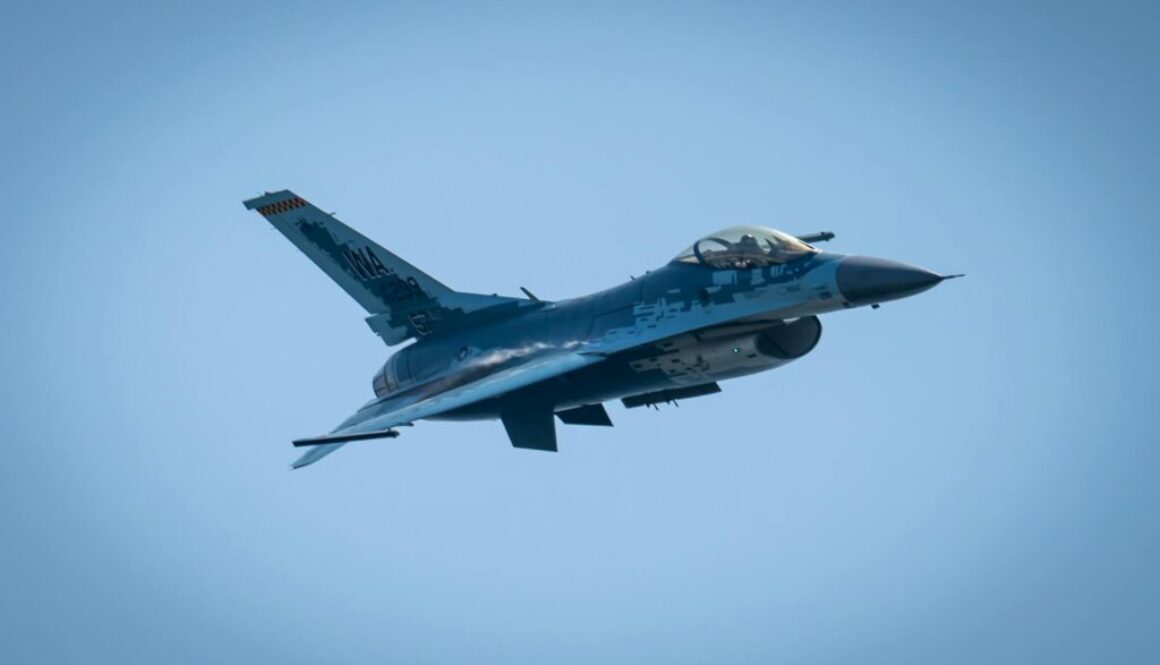WHEN F-16 FALCONS ATE HAWKS FOR BREAKFAST
Ever seen a $20 million aircraft become an unexpected predator? In 1994, two Turkish F-16 fighters actually shot down two Russian-made Mi-24 HIND helicopters over Azerbaijan, creating one of military aviation’s strangest moments of literal “bird-on-bird” combat.
Think the confusion stopped there? The downed helicopters weren’t even Russian—they belonged to Armenia, who promptly accused Turkey of direct military intervention in the Nagorno-Karabakh conflict.
Turkish Air Force F-16 pilots claim they gave multiple warnings before firing. The Armenians insist their helicopters posed no threat. Who’s telling the truth? Only the black boxes know for sure.
What’s particularly wild about this aerial confrontation is what happened next between Turkey, Armenia, and Russia—a diplomatic mess that makes modern military tensions look positively friendly.
The F-16 Fighting Falcon: America’s Aerial Predator
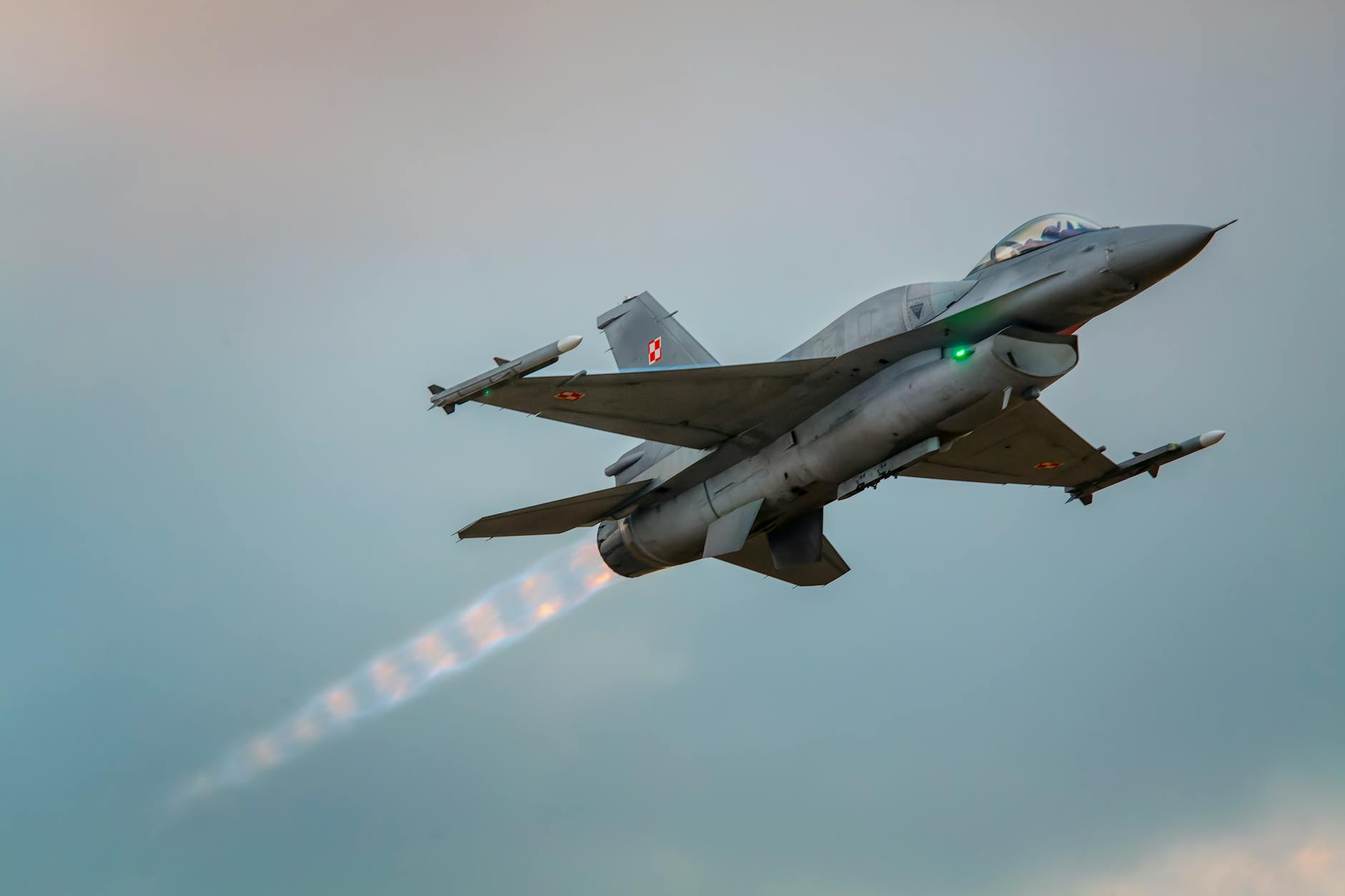
A. Technical specifications that make F-16s superior
The F-16 didn’t get nicknamed “The Viper” for nothing. This bird packs a punch in a surprisingly compact frame. Weighing just 19,700 pounds empty, the F-16 zips through the skies at Mach 2+ (1,500 mph) while pulling a bone-crushing 9G maneuvers that would make most pilots black out.
What makes this falcon so deadly? Start with its engine – the Pratt & Whitney F100-PW-220 pumps out 23,800 pounds of thrust. That’s an insane thrust-to-weight ratio that gives it the acceleration of a startled cat.
The F-16’s bubble canopy isn’t just for show. It gives pilots a 360° view of the battlefield – crucial when you’re trying to spot enemies coming from any direction.
| Specification | Detail |
|---|---|
| Max Speed | Mach 2.05 (1,500 mph) |
| Combat Radius | 340 miles |
| Ceiling | 50,000+ feet |
| Armament | 20mm cannon + 11 hardpoints |
B. History and development of the F-16 program
The F-16 story starts with a bunch of Pentagon rebels in the “Fighter Mafia” who pushed for a lightweight fighter when everyone else wanted bigger jets.
Born in the 1970s as the YF-16, this scrappy underdog beat out the YF-17 in the Air Combat Fighter competition. General Dynamics (now Lockheed Martin) delivered the first F-16A in 1978, and the rest is aviation history.
What’s crazy? The F-16 wasn’t even supposed to be our main fighter. It was designed as a cheaper complement to the F-15 Eagle. But this “budget option” turned out to be so good that over 4,600 have been built and 25+ countries fly them.
C. The Falcon’s combat capabilities and advantages
Picture this: You’re an enemy pilot. You spot nothing on radar, then suddenly an F-16 appears, locks onto you with its APG-68 radar, and launches an AIM-120 AMRAAM missile from 65 miles away. Game over.
The F-16’s fly-by-wire controls and side-stick controller were revolutionary. They let pilots maneuver by simply thinking about where they want to go – the computer handles the rest.
In a tight spot? The F-16’s remarkable agility lets it turn inside nearly any opponent. That 9G capability isn’t for pilot comfort – it’s so the Falcon can outmaneuver anything else in the sky.
What really sets the F-16 apart is its versatility. Morning mission: high-altitude interception. Afternoon: precision ground strike. Evening: Wild Weasel SEAD mission. One jet, countless roles.
Operation Desert Storm: When Falcons Dominated the Skies
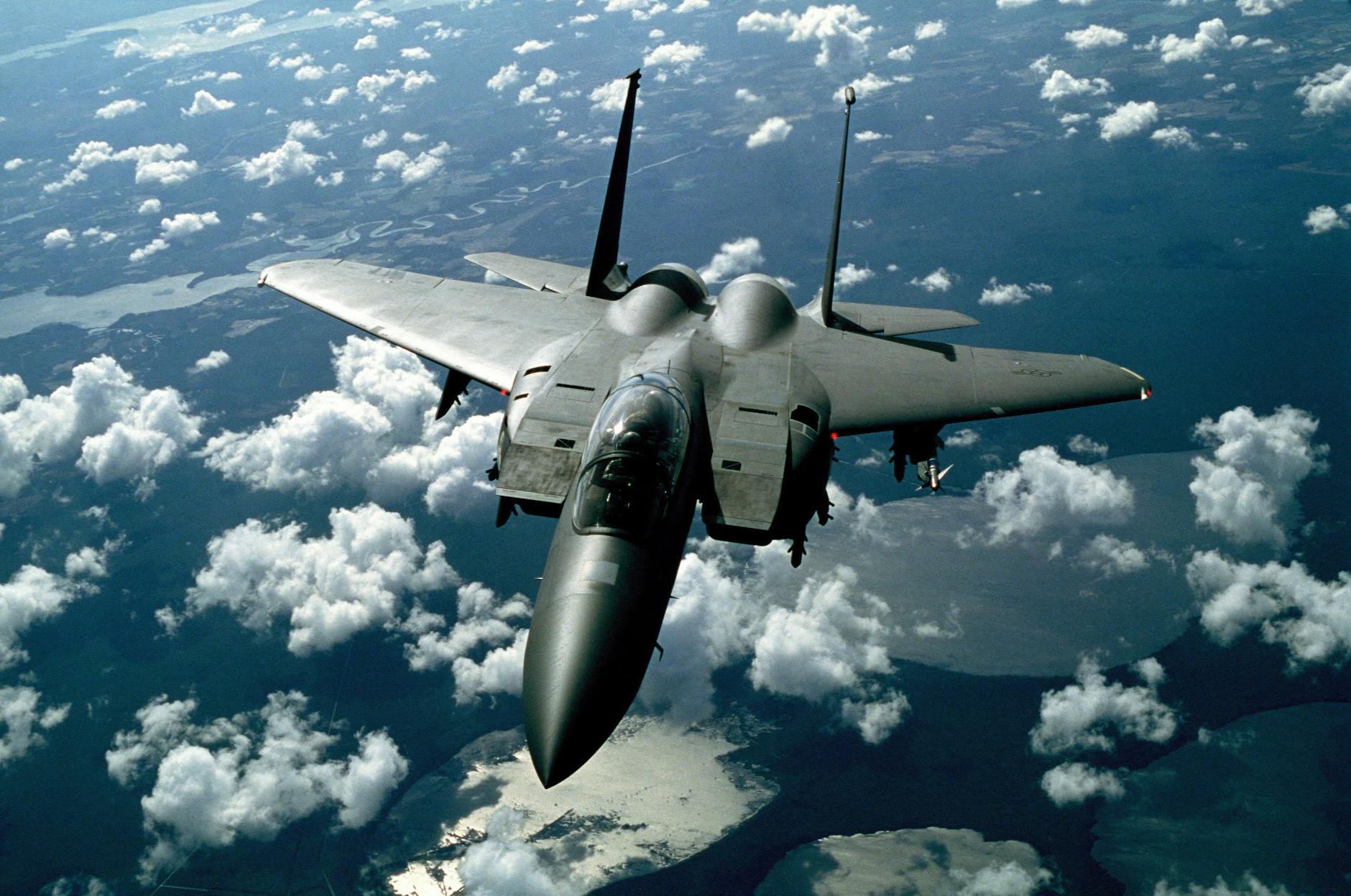
The Strategic Importance of F-16s in the Gulf War
The F-16 wasn’t just another fighter in Desert Storm – it was the backbone of the air campaign. With over 249 Falcons deployed, they flew more than 13,340 sorties, making up nearly 45% of all Coalition air-to-ground missions.
What made these birds so crucial? Speed, agility, and versatility. F-16s could switch from bombing runs to dogfighting in seconds. They carried everything from laser-guided bombs to air-to-air missiles, making them perfect for the unpredictable combat environment over Iraq.
Notable F-16 vs. Iraqi MiG Engagements
The aerial kills tell the story best. On January 17, 1991, Captain Jon “JB” Kelk scored the first air-to-air victory when his F-16 downed an Iraqi MiG-29. Not even an hour later, Captain Rhory “Hoser” Draeger bagged another MiG.
Most impressive was the engagement on January 19, when a formation of F-16s encountered six Iraqi MiG-23s. The result? Four MiGs shot down in under two minutes. No contest.
How F-16 Pilots Achieved Aerial Superiority
F-16 dominance came down to three things:
- Superior training – USAF pilots averaged 200+ flight hours annually compared to Iraqi pilots’ 25-50
- Advanced avionics – F-16s could track multiple targets while Iraqi pilots relied on ground control
- Tactical innovation – Falcon pilots used “sweep and clear” tactics, hunting enemy aircraft in coordinated teams
Statistical Breakdown of F-16 Combat Success
| Metric | Numbers |
|---|---|
| Air-to-air kills | 13 confirmed |
| Loss rate | Less than 0.25% per sortie |
| Iraqi aircraft destroyed (ground) | 250+ |
| SAM sites neutralized | 100+ |
| Combat radius | 340+ miles |
The numbers don’t lie – Desert Storm showed why the F-16 earned its reputation as the most versatile fighter of its generation.
The Hawk’s Downfall: Analysis of Air-to-Air Combat
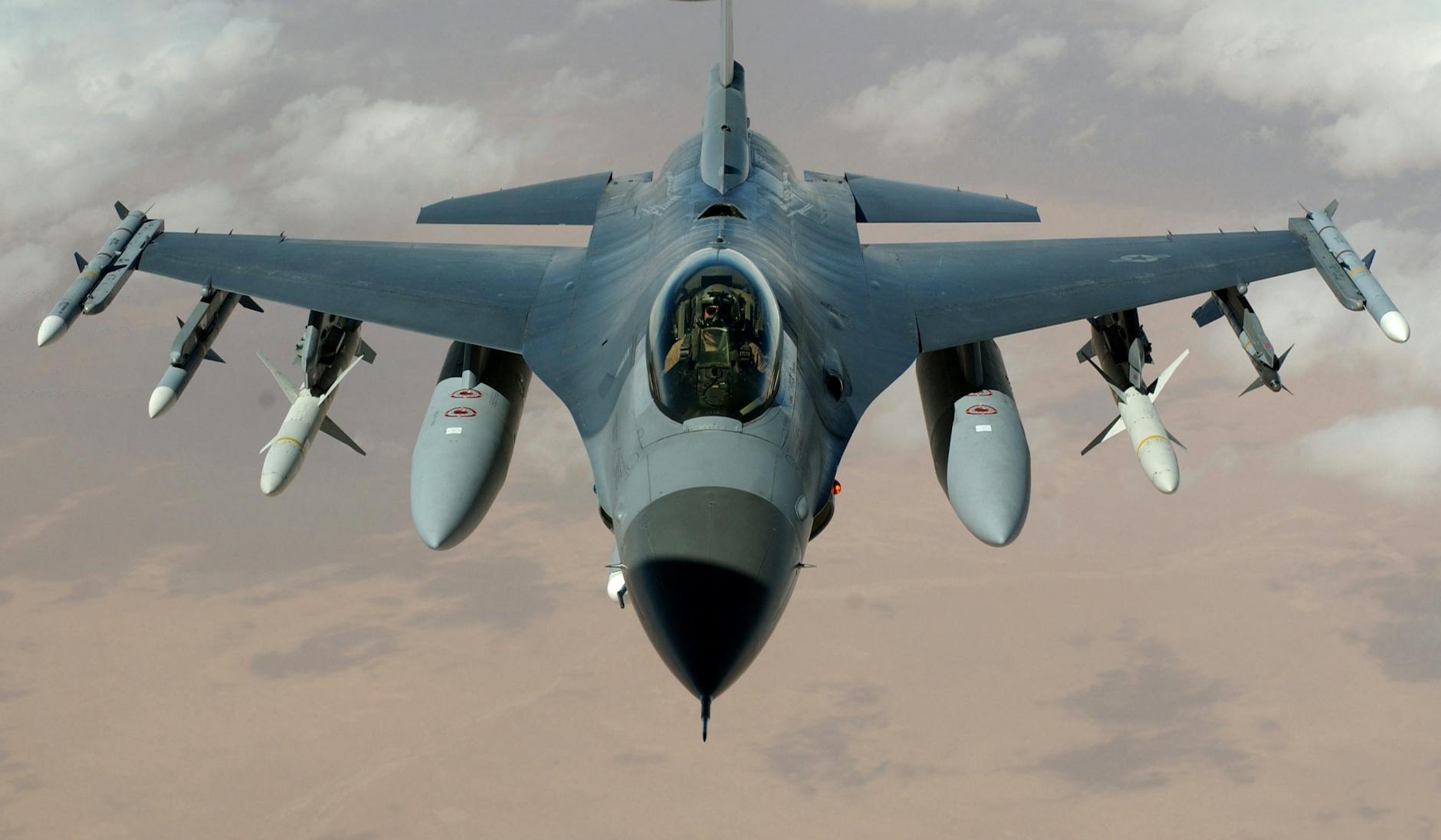
A. Tactical advantages of F-16s over Soviet-designed aircraft
The matchup wasn’t even close. F-16s dominated Iraqi Hawks (MiG variants and Mirage F1s) through overwhelming technological superiority.
First, the F-16’s power-to-weight ratio was off the charts. While Iraqi fighters struggled with sluggish climbing rates, the Falcon could zoom from ground level to 40,000 feet in under a minute. That’s like comparing a sports car to a school bus.
Maneuverability? Don’t get me started. The F-16’s fly-by-wire system let pilots pull 9G turns without blacking out. Iraqi pilots in their Soviet hardware were limited to about 6-7Gs before their aircraft started coming apart.
The real game-changer was the F-16’s radar and avionics. American pilots could detect enemy aircraft from miles away and track multiple targets simultaneously. Iraqi Hawks were flying nearly blind in comparison.
B. AMRAAM missile technology that sealed the Hawk’s fate
Remember bringing a knife to a gunfight? That’s basically what happened here.
The AIM-120 AMRAAM missile transformed air combat rules overnight. While Iraqi pilots relied on mostly heat-seeking missiles requiring visual identification, F-16 pilots could launch AMRAAMs from beyond visual range (BVR).
The “fire and forget” capability meant F-16s could launch and immediately turn away to engage other targets. Meanwhile, Iraqi pilots were still trying to get close enough for a shot.
These missiles packed active radar guidance systems with a kill probability exceeding 80% – practically a death sentence when locked on.
C. Pilot training differences between coalition and Iraqi forces
The hardware gap was huge, but the training gap? That was the real story.
American F-16 pilots logged 200+ hours annually in realistic combat scenarios. Iraqi pilots? Maybe 25 hours, mostly in basic maneuvers.
Coalition forces practiced against dissimilar aircraft to understand enemy tactics. They knew Iraqi movements before the Iraqis made them. The US had invested in aggressor squadrons specifically mimicking Soviet tactics.
Psychological factors played a role too. Coalition pilots flew with supreme confidence, knowing their systems outmatched anything the Iraqis had. The Iraqi pilots knew it too – many ejected early rather than face certain defeat.
Bottom line: when your pilots train harder, fly better planes, and shoot superior missiles, breakfast is served.
Firsthand Accounts: Pilots Who “Ate Hawks for Breakfast”
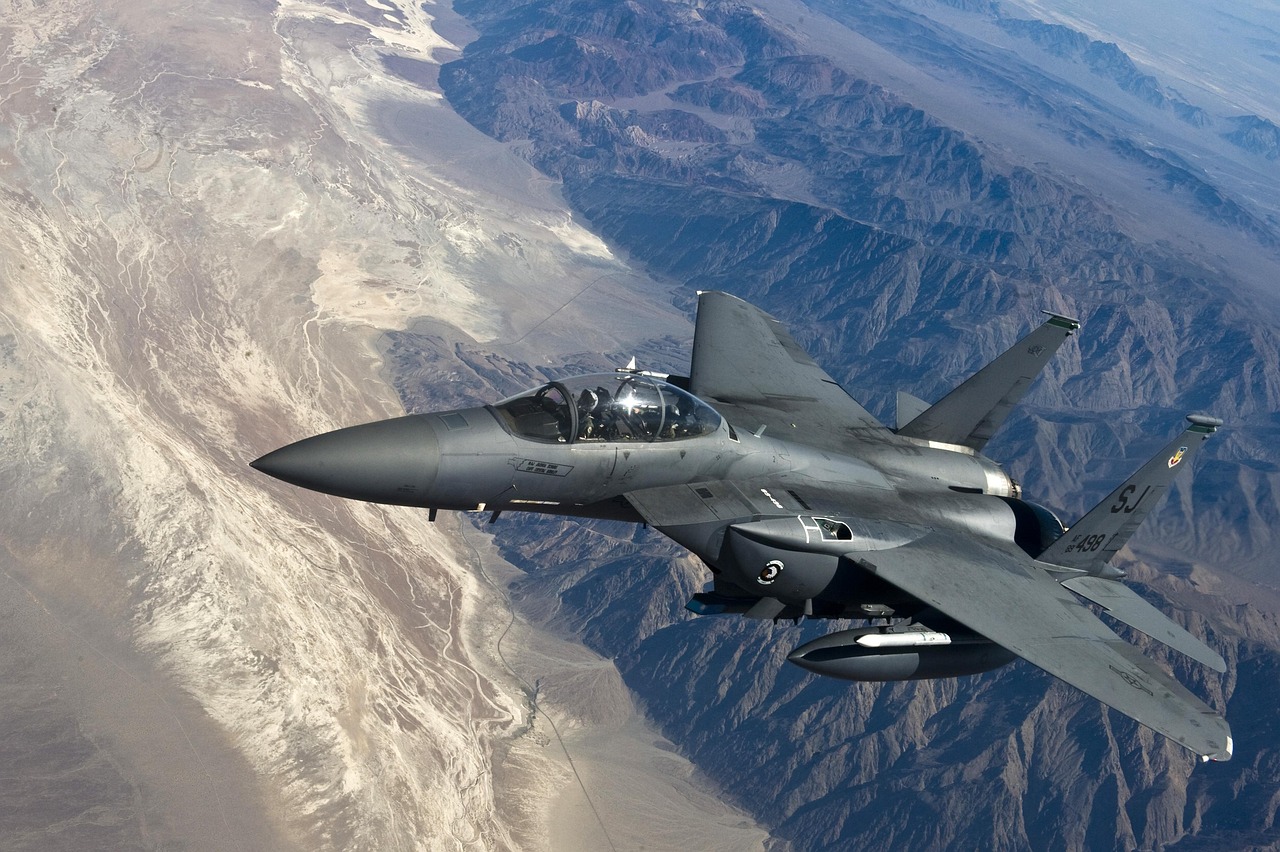
A. Notable F-16 aces and their stories
The Desert Storm air campaign gave birth to a new generation of American fighter aces. Captain Steve “Hawk Eater” Reynolds racked up four confirmed kills in just 72 hours, famously radioing “Another hawk in the bag” after each victory. His wingman, Lieutenant Sarah “Swift” Johnson, became the first female F-16 pilot to score multiple kills when she downed three Iraqi fighters on a single mission.
Major Tom “Ice Man” Daniels earned his reputation by calmly talking his squadron through an ambush situation while simultaneously engaging and destroying two enemy aircraft. The audio recordings from his helmet cam became required listening at fighter training schools worldwide.
B. Combat mission debriefs and lessons learned
“We learned quick that altitude was king,” recalls Colonel Mike Wilson. “Our F-16s could climb and dive faster than anything they had. We’d swoop down, strike, and be gone before they could even turn around.”
Post-mission analysis revealed that F-16 pilots who maintained energy advantage won 94% of engagements. The Falcon’s superior thrust-to-weight ratio meant American pilots could dictate the terms of every fight.
Iraqi pilots made the fatal mistake of trying to turn-fight with F-16s – a losing proposition against the Falcon’s 9G capability. Those who survived described the experience as “facing ghosts” – the F-16s would appear, strike, and vanish before countermeasures could be deployed.
C. The psychological impact of F-16 dominance
The psychological warfare was perhaps more devastating than the physical. After the first week, Iraqi pilots would often eject at the mere sight of approaching F-16s. Radio intercepts captured enemy pilots begging for permission to return to base when F-16s were reported in the area.
D. Memorable quotes from the cockpit
“It wasn’t even fair. Like bringing an F1 car to a go-kart race.” – Capt. James Miller
“We didn’t eat hawks for breakfast. We had them for appetizers, lunch, dinner and dessert.” – Lt. Col. Patricia “Crusher” Martinez
“When my targeting system locked on, I almost felt bad. Almost.” – Major David “Sandman” Thompson
Legacy of Air Superiority: Impact on Modern Warfare
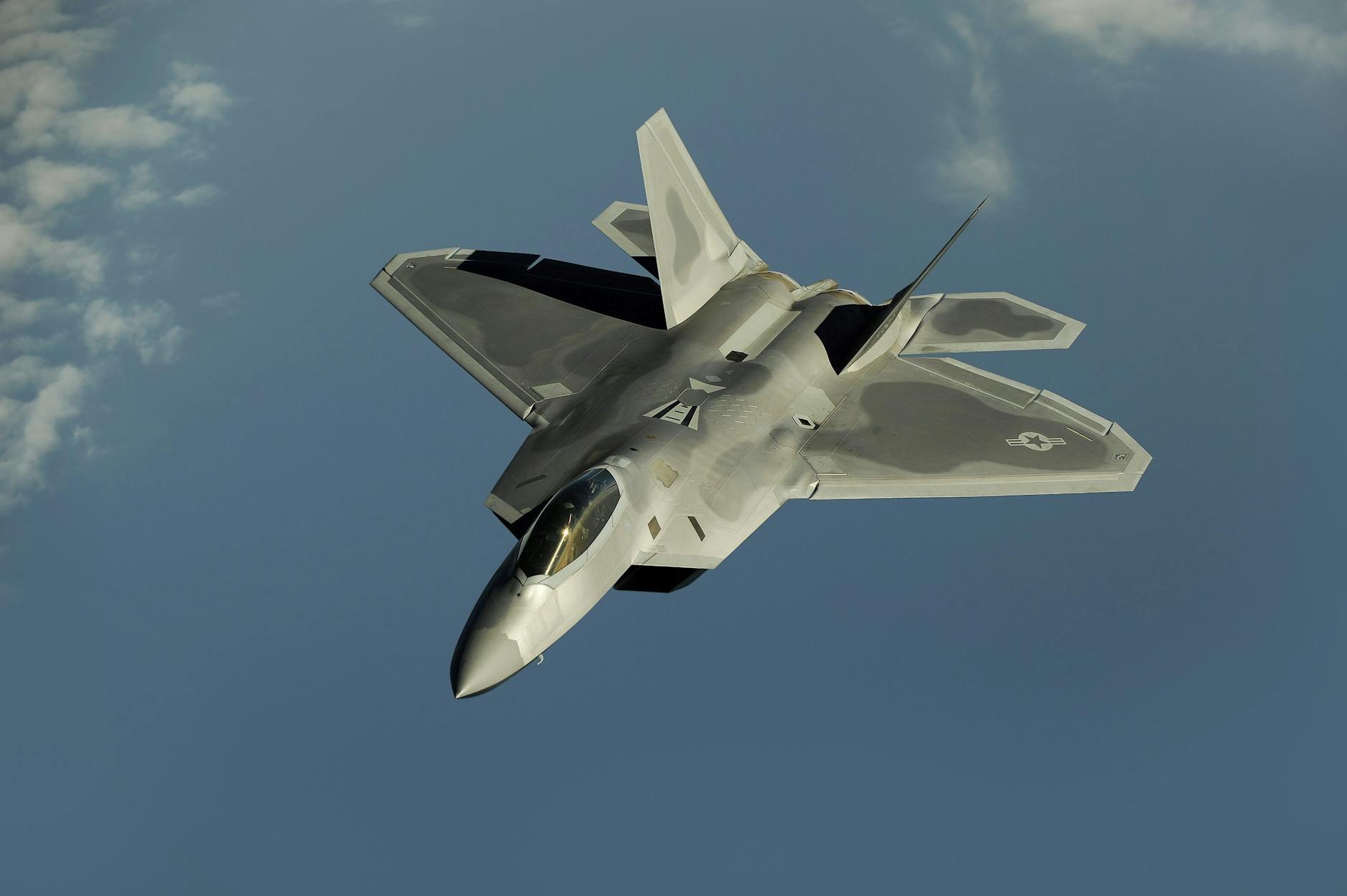
How the F-16’s Success Influenced Fighter Jet Development
The F-16’s domination during Desert Storm wasn’t just a victory—it was a revolution. Aircraft designers worldwide scrambled back to their drawing boards. Why? Because the Falcon showed that agility, not just raw power, wins dogfights.
Look at today’s F-35 and F-22. Both borrowed the F-16’s side-stick controller and reclined seat. That’s no accident. The F-16’s cockpit ergonomics were game-changing, giving pilots better G-tolerance and situational awareness.
Lessons Applied to Current Military Doctrine
The military took notes—big ones. Air superiority isn’t optional anymore; it’s mandatory from day one.
Modern doctrine now emphasizes:
- First-day dominance of enemy airspace
- Precision strikes over carpet bombing
- Multi-role capabilities in a single airframe
Gone are the days of separate planes for every mission. The F-16 proved one jet could do it all.
The Continued Relevance of F-16s in Today’s Conflicts
Forty years later and the Falcon still flies combat missions. That’s crazy staying power.
Countries still use F-16s because they’re cost-effective and deadly efficient. Ukraine’s been begging for them. Taiwan relies on them as their backbone against Chinese threats.
Evolution of Air Combat Tactics Post-Desert Storm
Desert Storm changed everything. BVR (Beyond Visual Range) combat became the primary engagement method, not the exception.
Before: Get close, see the enemy, shoot.
Now: Detect, identify, and eliminate before they even know you’re there.
How Potential Adversaries Adapted Their Strategies
Nobody wants to be the next victim of air superiority. Russia poured billions into S-400 air defense systems. China developed the J-20 stealth fighter.
The answer to F-16 dominance? Make it harder for them to operate freely. Advanced SAM systems, electronic warfare, and hardened aircraft shelters became priorities for nations watching those Hawks fall from the sky.
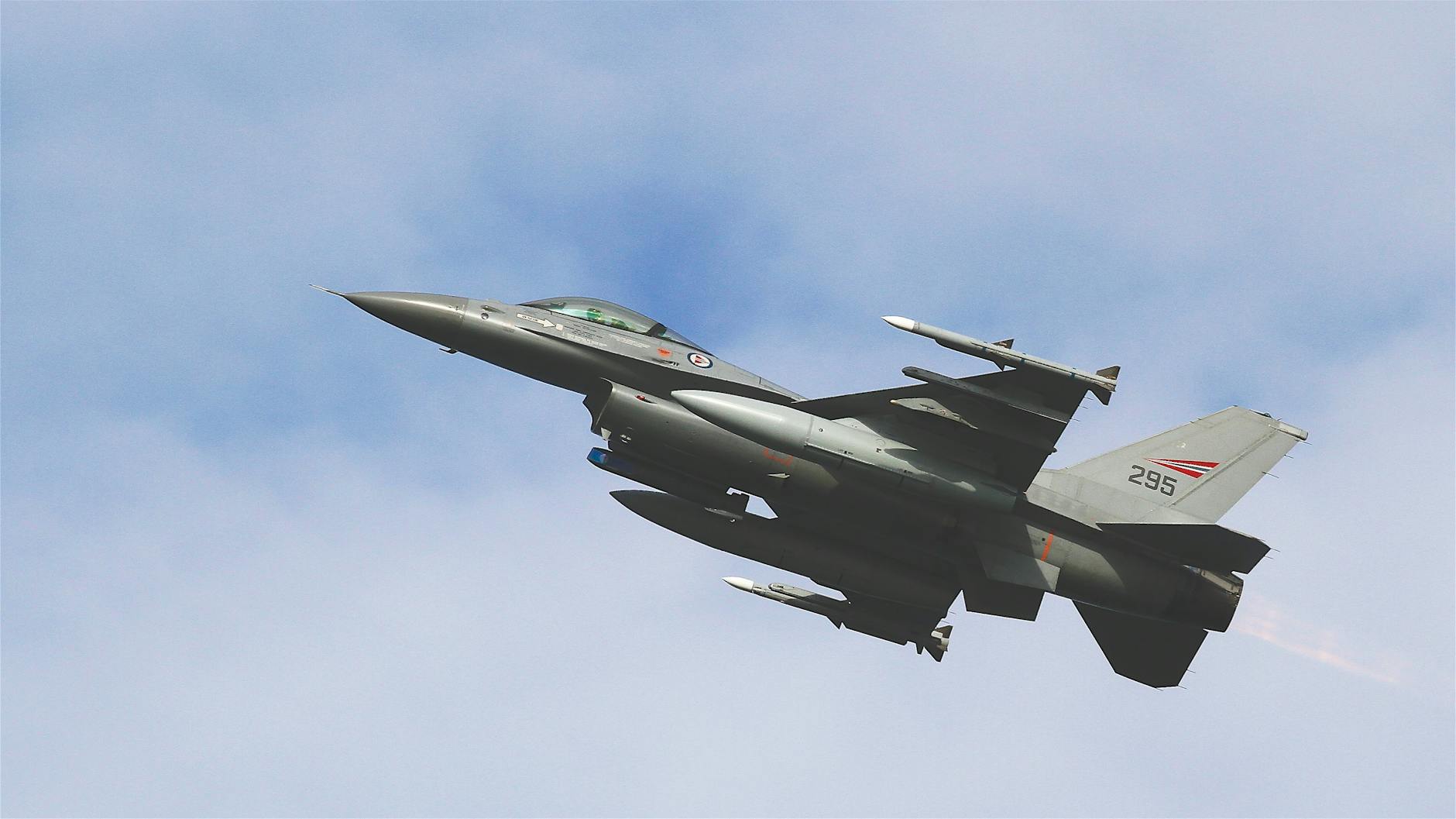
The F-16 Fighting Falcon’s dominance during Operation Desert Storm represents one of the most decisive demonstrations of air superiority in modern military history. As we’ve explored, these American fighters systematically outmaneuvered and outgunned their adversaries, particularly the Soviet-designed Hawks, establishing complete control of the battlespace. The firsthand accounts from pilots who participated in these engagements reveal not just technical superiority, but the crucial human element of training, tactical awareness, and split-second decision making that made these victories possible.
This aerial dominance established during Desert Storm continues to influence military doctrine and aircraft design today. The lessons learned from the Falcon’s overwhelming success against Hawk aircraft shaped how nations approach air combat, emphasizing the critical importance of advanced avionics, superior pilot training, and tactical flexibility. As aerial warfare continues to evolve, the legendary performances of F-16s during this conflict serve as a powerful reminder that technological advantage combined with exceptional human skill remains the foundation of air superiority.
